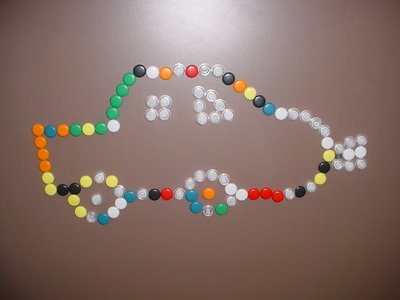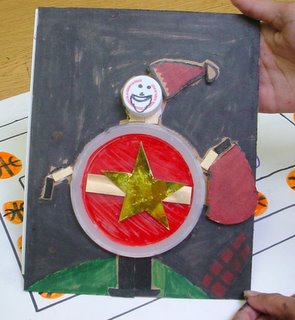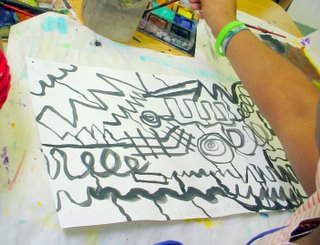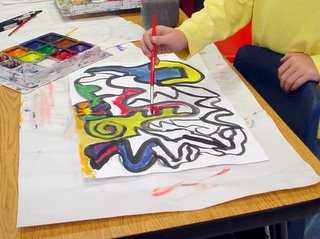This year is going very smoothly. Many of the students were already accustomed to the routine in our studio. They fell right in to the routine of making their own choices of materials and subject matter. We began the year with a discussion of where artists get their ideas, but I found that many of them were all ready with ideas that they had thought of during the summer. They are not nearly so hesitant this year to strike out on their own.
They were anxious for the stations to open, but I have opened them slowly. At each one I wanted to teach them additional techniques, as well as offer additional materials. In the upper grades, we have drawing, computer graphics, collage, paper sculpture, weaving,
conceptual building in 3-D, and painting stations open so far. In 2nd grade, we have drawing, collage, computers, clay, stamping, painting, large drawing on the dry-erase easel, and building in 3-D open. 1st grade students have just learned that they can make choices in our art studio, as a real artist does. They may choose between drawing, computers, clay, stamping, building, and drawing on the dry-erase board.
Kindergarten students are new to our specialties rotation this year. I have not yet introduced to them the concept that they can make a choice, but I am rotating many different materials between their tables: drawing materials, stencils, clay, stamps, and three-dimensional building sets. I plan to ease them into the concept of making a choice, but each group always has the choice of drawing rather than the other activities, and so many of them are fascinated with my variety of drawing materials, that they choose that over the other activities.



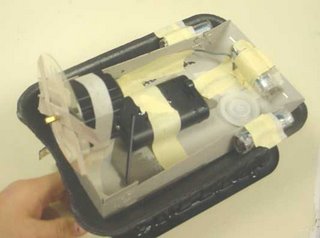















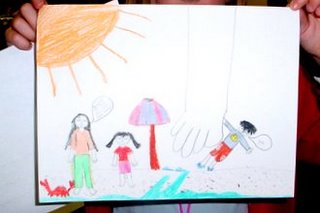








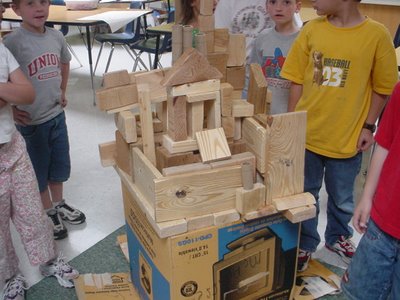 A lot of the students like the large building blocks, which are really just sanded pieces of scrap lumber (they like to help me sand them), but these students decided to build their castle on the bottom of the box that the blocks were stored in!
A lot of the students like the large building blocks, which are really just sanded pieces of scrap lumber (they like to help me sand them), but these students decided to build their castle on the bottom of the box that the blocks were stored in!
